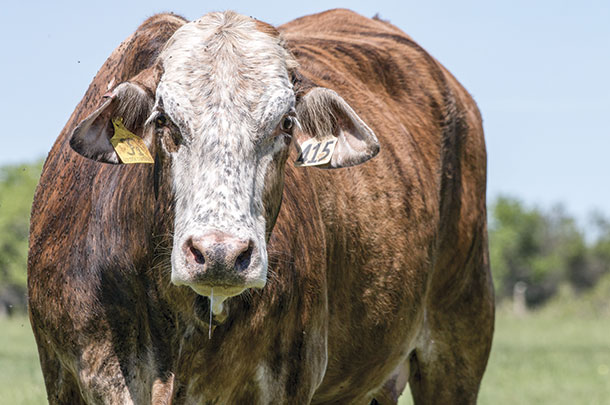
1. The 5 pieces of cow advice you shouldn’t take
The year’s most popular online article debunks some common myths in the beef industry. Myths like: Give open cows a second chance, and salt is the only supplemental mineral your cows need.
While cow-calf production in the U.S. is diverse, and goals differ from producer to producer, Bryan McMurry with Cargill Animal Nutrition explains there are some foundational truths – backed by years of science and research – that just can’t be overlooked.
PHOTO: Research suggests thinking twice before embracing these five myths. Staff photo.
Read the year’s most popular story: The 5 pieces of cow advice you shouldn’t take
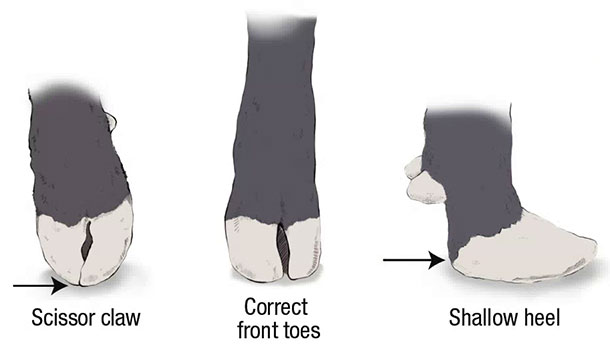
2. Evaluating feet and leg structure: A lost and important skill
“If they’re not made right, you find out pretty quick,” said Kansas State University cow-calf specialist Bob Weaber at the year’s NCBA Cattlemen’s College.
Expressing concern with the industry’s ability to evaluate proper feet and leg structure in cattle, Weaber and Shane Bedwell of the American Hereford Association outlined the basic yet fundamentally important selection points producers should be watching for. A few of these points include:
- A strong topline
- An approximate 45-degree angle for the shoulder in relation to the ground
- Dewclaws from behind should point forward, not outward or inward
- Claws on the hoof should be symmetrical and point forward
- Strong depth of heel and strength in the pastern to avoid outward growth
ILLUSTRATION: Illustration by Corey Lewis
Read the story and see the illustrations at Evaluating feet and leg structure: A lost and important skill
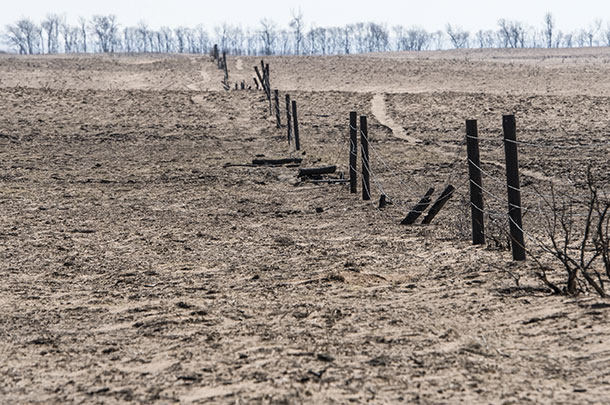
3. Post-wildfire reality sinks in for High Plains ranchers
It will be a while before the industry forgets the Starbuck fire that consumed close to 2 million acres of grasslands in four states and left a deadly trail of crippling losses – including seven lives and an estimated 7,000 to 9,000 adult cows.
One ranch severely damaged by the fire was Gardiner Angus Ranch in Kansas, which claimed 43,00 of their 48,000 acres and 500 adult cows. Of the devastation, Greg Gardiner said, “This thing is of Biblical proportions. Everywhere you look, it is like an apocalyptic wasteland, but that seems like small potatoes right now – my family is alive.”
PHOTO: Over 12,000 miles of fencing in Kansas, alone, was estimated in need of replacement. Photo provided by Mallory Vestal.
Read the story and see photos of the aftermath here: Post-wildfire reality sinks in for High Plains ranchers
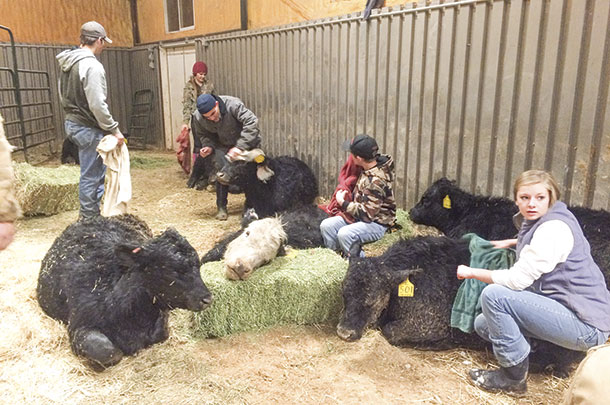
4. A Christmas miracle in the Utah high desert
Amid the hustle and bustle of the world around us, Jim Keyes, a range and livestock scientist at Utah State University, tells a story of a real-life Christmas miracle – proving the Christmas season is a special time, and that miracles do happen.
PHOTO: The near-death cattle were rubbed with towels to bring life back into their limbs and joints. Photos provided by Jeanna Grover.
Find out about this unique rescue here: A Christmas miracle in the Utah high desert
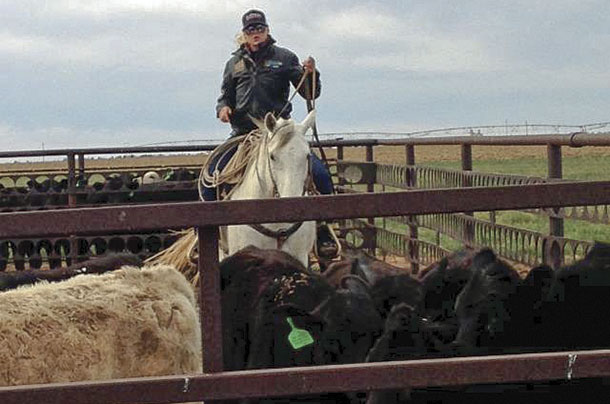
5. A Panhandle town filled with feedyard tradition
With the name “Hereford,” it’s no wonder this small Texas town is considered cattle country. With more than 35 feedyards, which provide almost 30 percent of the fed beef in the U.S., Hereford plays a significant role in the cattle-feeding business, and the cattle industry has a direct impact on Hereford.
PHOTO: Mallory Vestal rides in preparation for turning out yearlings on spring wheat at the family operation 45 minutes southeast of Hereford. Photo provided by Mallory Vestal of West Texas A&M University.
See photos of this Texas town and read the story here: A Panhandle town filled with feedyard tradition
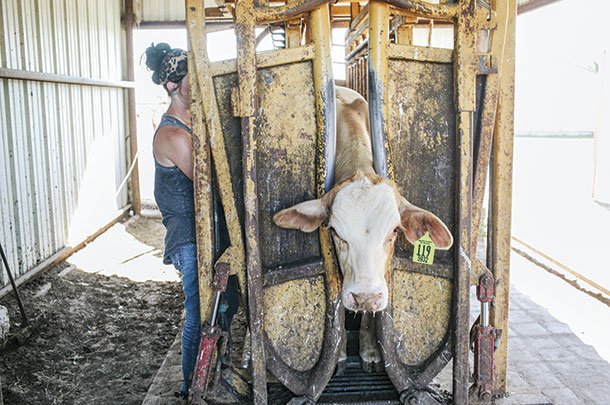
6. Young couple breaks into backgrounding business
Rodney Derstein and his wife, Sadie, own and operate a custom feeding operation near Kismet, Kansas. Since their start in 2014, breaking into this reputation-driven business hasn’t been without its struggles.
PHOTO: Sadie Derstein handles vaccinations and other “finish work” before sending calves along to the next stage. Photo by Alyssa Henry.
Learn what the Dersteins are doing to build a reputation and a business here: Young couple breaks into backgrounding business
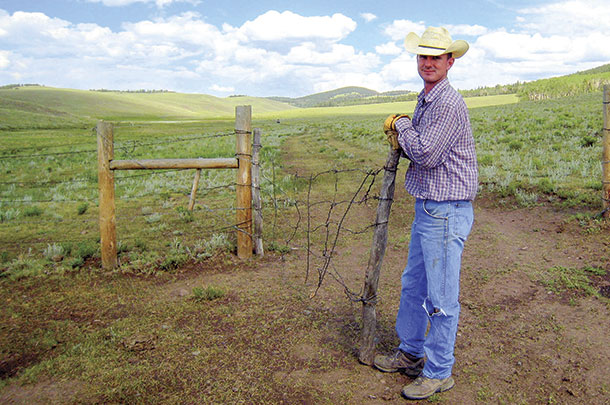
7. Producer Nick Trainor banked on goals to start cattle business
“When I was 18, my goal was to have 500 cows by the time I was 30,” Nick Trainor says. “I probably had a thousand people tell me I wouldn’t succeed in the cattle business. If I had listened to them, I wouldn’t be where I am today.”
PHOTO: The Lowry Ranch has needed some improvements since Nick Trainor leased it. New water sources and fencing have been added to make grazing more efficient. Photo provided by Nick Trainor.
Find out how this young producer got his start here: Producer Nick Trainor banked on goals to start cattle business
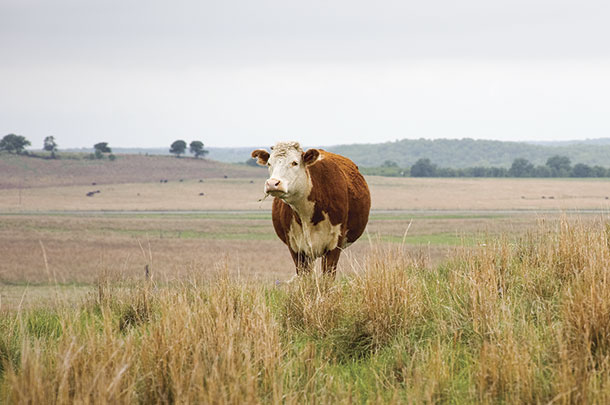
8. Ask the Consultant: Top 10 grazing management misconceptions
As a consultant, Jeff Goodwin of the Noble Institute hears a lot of differing views when it comes to grazing management: “In this county, I can run a cow per 10 acres.” “My cows graze all of my ranch.” “Grazing hard in the winter won’t hurt my grass.”
In this article, Goodwin outlines 10 of the common misconceptions he hears and why limiting these misconceptions can increase your chance of ecologic and economic success.
PHOTO: Consequently, the “take half, leave half” concept is commonly misunderstood, and pastures end up overgrazed. Photo courtesy of USDA Natural Resources Conservation Service.
Read the story here: Ask the Consultant: Top 10 grazing management misconceptions
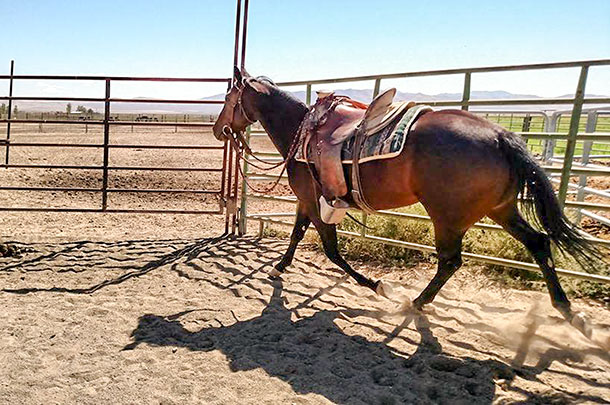
9. No pain, no gain: How starting colts helped me reach my potential
If you need a glimmer of hope, a good laugh or some fresh perspective, our online bloggers will do just that. In this blog, sixth-generation rancher Tayler Teichert details life lessons from a summer of starting colts.
PHOTO: Tayler Teichert snaps a photo while working as an assistant horse trainer last summer. Photo by Tayler Teichert.
See what she learned from taking on a different job: No pain, no gain: How starting colts helped me reach my potential
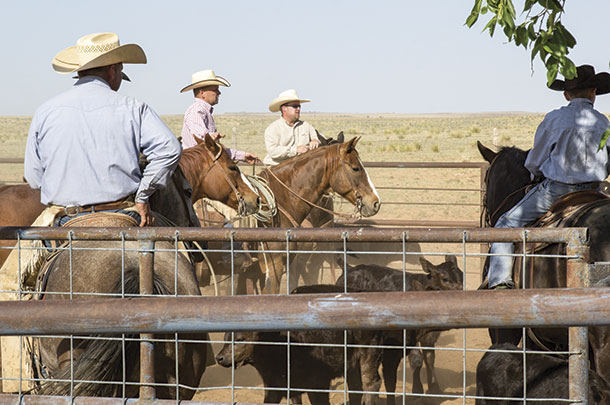
10. Common traits of successful ranches
You probably know a ranch or two that seems to have it all together. You know, the ones that successfully transfer from one generation to the next and, for the most part, turn a profit each year. What makes them successful?
Rich Machen of the King Ranch Institute for Ranch Management says it all stems from one trait: stewardship. But within that trait are five components that must be stewarded for long-term success.
- People
- Resources
- Finances
- Customers
- People
PHOTO: Ranches succeed when people exhibit a strong work ethic, integrity, motivation and a passion for the land and animals. Staff photo.
Find out more about these five components and why “people” is listed twice here: Common traits of successful ranchesof successful ranches ![]()






